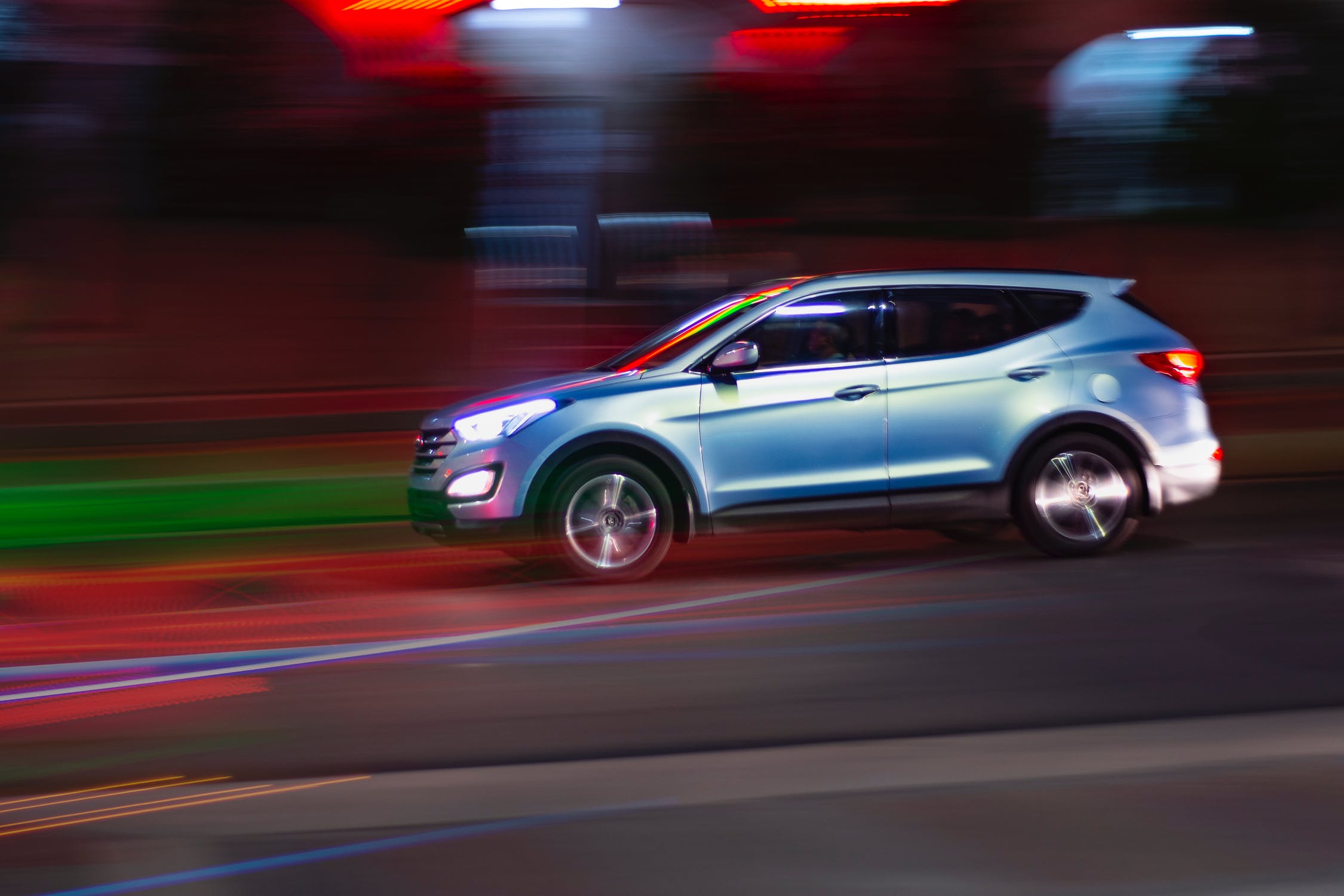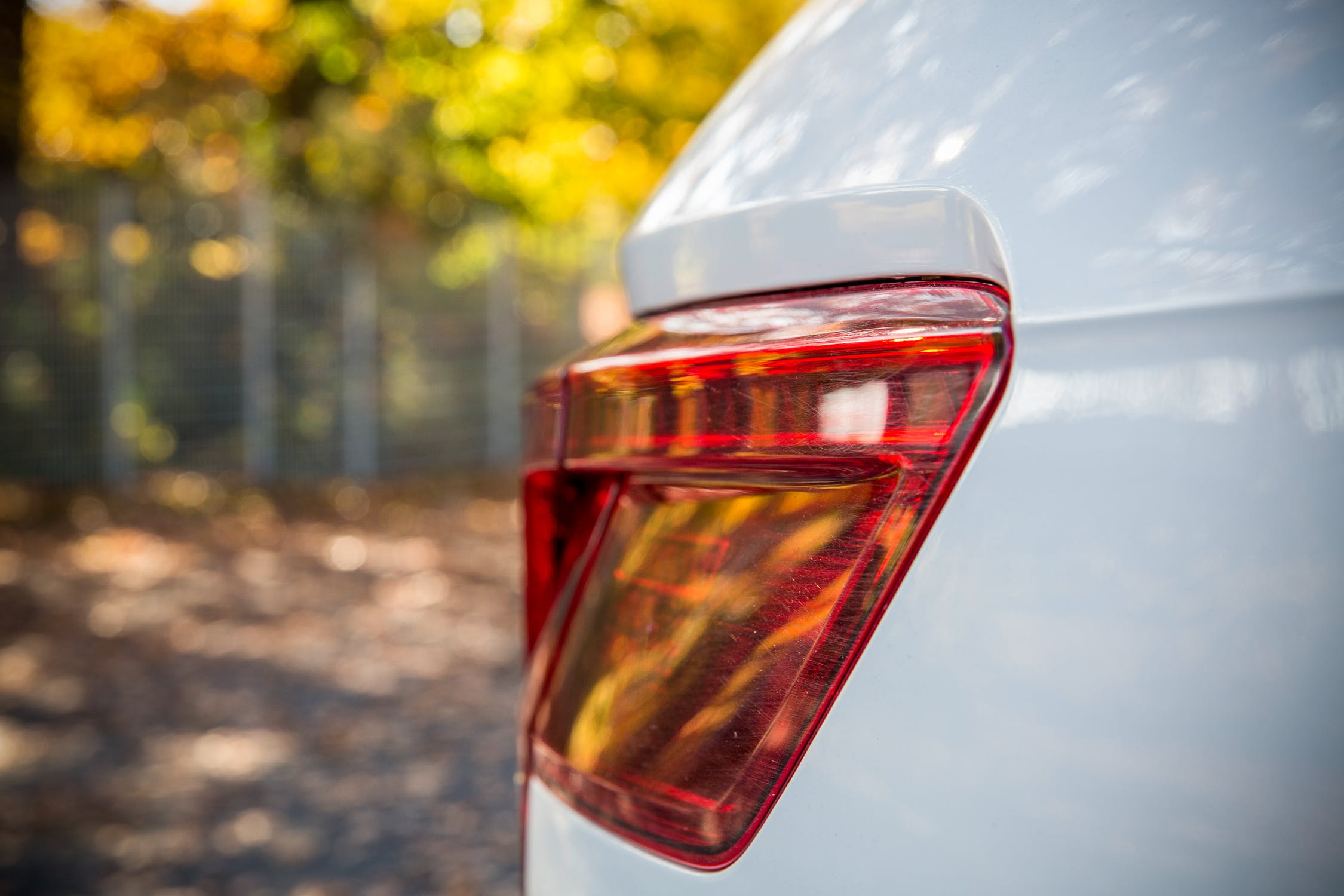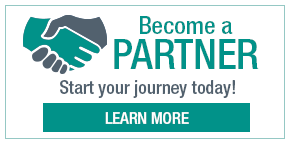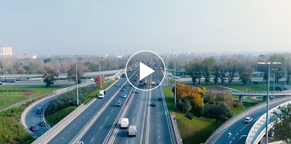We all understand the importance of knowing and following the “rules of the road,” especially when driving in a new country. This is true of any location, so if you are an “expat” who has recently arrived (or who soon plans to relocate) in the United States, it can make the difference between a safe and relaxed driving experience or a stressful and unsafe one. As such, learning and following the written rules as well as those that are unwritten is equally important.

To ensure readers know all the rules contained in drivers’ education manuals as well as those unspoken and unwritten, we offer the following tips:
Right of way

Printed driving manuals will usually say that it is the other driver to whom you should yield the right of way. However, this is not always the case, and in the U.S., it’s possible to yield your right of way and cause a traffic issue. As an example, many parts of the country have “four-way” intersections in which all traffic has to come to a full stop. However, if you are not paying attention and you wave someone else through (when it is your turn), it can cause traffic to slow in one or more directions. It can also anger and confuse other drivers, and this can lead to a potential accident.
Fast Lanes

In the U.S., the left lane is the “fast lane” and meant to be used for passing another driver and then merging back into the center or left lane. It helps to keep in mind that one of the rules of the road here is that the lanes that are farthest from the exiting lanes are usually the lanes that move the fastest. At the same time, not everyone is aware or even cares to follow these “unwritten” rules, so the key is to stay aware and expect the unexpected when it comes to “fast lanes,” traveling (middle lanes) and exit or “slow lanes.”
Signaling to Turn

You must use your turn signal whenever you make a turn of any kind on a U.S. roadway. However, you need to signal even before applying the brake. Why? This alerts the car immediately behind you that you are turning or merging, and it allows them to slow down their vehicle accordingly, rather than having to brake heavily when you do signal at the last minute. Additionally, be very considerate of larger vehicles like buses and trucks, and never brake as you are merging in front of them. They need a lot more time and space to slow, and adjust to the traffic for safety.
Headlight Flashing

Though many parts of the world use flashing headlights for different sorts of messages, in the U.S. it often means that you have neglected to illuminate the headlights on your vehicle. It could also mean that another driver thinks you have your high beams on. These scenarios occurs most often when conditions might be dangerous (such as a storm or dense fog), when it is dusk and you have yet to turn on the lights, or if you have a light out or not functioning properly.
Merging

When merging (which happens typically at a higher rate of speed on a highway), it is best to get your car up to the slowest traffic (right lane vehicles) and use the entire run out lane to do so.
Do you have other questions about traffic, rules of the road, merging or driving in the U.S.? We can help with any questions you may have about driving in the U.S. We are also here to help you get behind the wheel of your own vehicle easily, affordably and quickly so you can go out and master all of those spoken and unspoken rules of the road!





